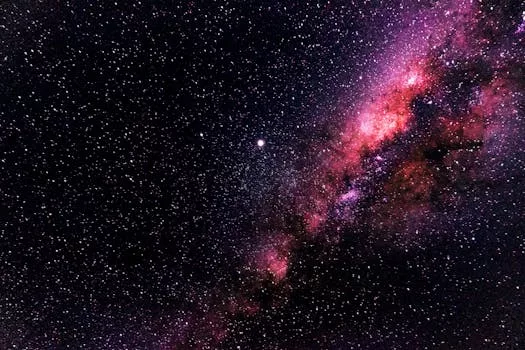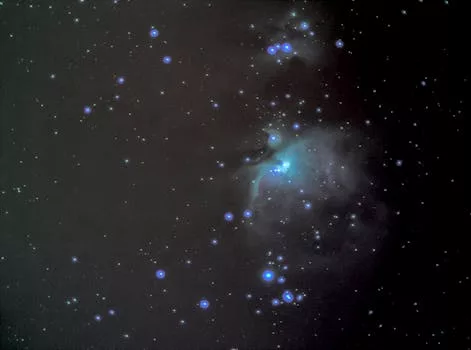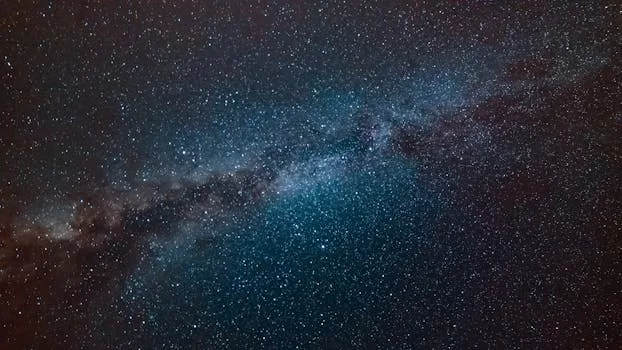
“
Beyond the Milky Way: Imagining New Worlds and Possibilities
Introduction to the Cosmos
Beyond the Milky Way: Imagining New Worlds and Possibilities is an exciting topic that has captured the imagination of astronomers, scientists, and space enthusiasts alike. The Milky Way, our home galaxy, is just one of billions of galaxies in the observable universe. As we continue to explore and learn more about the cosmos, we are faced with the possibility of discovering new worlds, some of which may be similar to Earth. In this article, we will delve into the mysteries of the universe, exploring the possibilities of new worlds and the potential for life beyond our galaxy. For further insights, check out Charting New Realms: The Journey of Imagination Beyond the Stars.
Understanding the Milky Way and the Universe
The Milky Way is a barred spiral galaxy, consisting of hundreds of billions of stars, gas, and dust. It is estimated to be about 100,000 light-years in diameter, with our solar system located in one of its outer spiral arms. The universe, on the other hand, is estimated to be around 13.8 billion years old, with over 200 billion galaxies, each containing billions of stars. The sheer scale of the universe is mind-boggling, and the possibility of discovering new worlds is a tantalizing one. To learn more about the vastness of the universe, read The Infinite Universe of Imagination: Beyond Celestial Boundaries.
Exploring New Worlds and the Search for Life
The search for new worlds and the possibility of life beyond our galaxy is an ongoing endeavor. Astronomers use a variety of methods to detect exoplanets, including the transit method, which involves measuring the decrease in brightness of a star as a planet passes in front of it. The discovery of exoplanets has revealed a wide range of planetary systems, some of which are similar to our own solar system. The possibility of discovering a planet similar to Earth, with conditions suitable for life, is a topic of great interest and debate. For a deeper exploration of these themes, see From Stardust to Dreams: Imagining Life Beyond the Stars.
Implications of Discovering New Worlds
The discovery of new worlds and the possibility of life beyond our galaxy has significant implications for our understanding of the universe and our place within it. It raises questions about the origins of life, the possibility of intelligent life, and the potential for interstellar travel. The discovery of new worlds also has the potential to challenge our current understanding of the universe, forcing us to re-examine our assumptions and theories.
Takeaways
- The Milky Way is just one of billions of galaxies in the observable universe.
- The possibility of discovering new worlds, some of which may be similar to Earth, is a tantalizing one.
- The search for new worlds and the possibility of life beyond our galaxy is an ongoing endeavor.
- The discovery of new worlds has significant implications for our understanding of the universe and our place within it.





